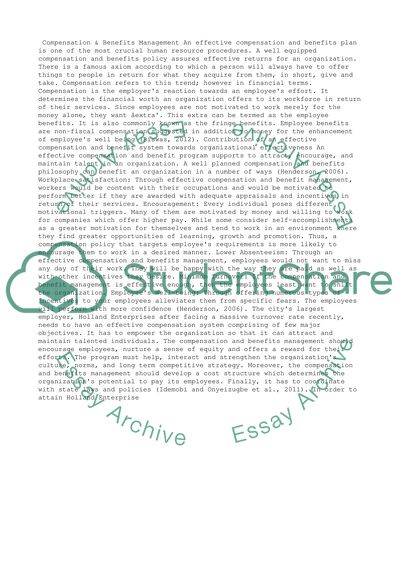Cite this document
(“Compensation and benefits management Essay Example | Topics and Well Written Essays - 1250 words”, n.d.)
Retrieved from https://studentshare.org/business/1480891-compensation-and-benefits-management
Retrieved from https://studentshare.org/business/1480891-compensation-and-benefits-management
(Compensation and Benefits Management Essay Example | Topics and Well Written Essays - 1250 Words)
https://studentshare.org/business/1480891-compensation-and-benefits-management.
https://studentshare.org/business/1480891-compensation-and-benefits-management.
“Compensation and Benefits Management Essay Example | Topics and Well Written Essays - 1250 Words”, n.d. https://studentshare.org/business/1480891-compensation-and-benefits-management.


